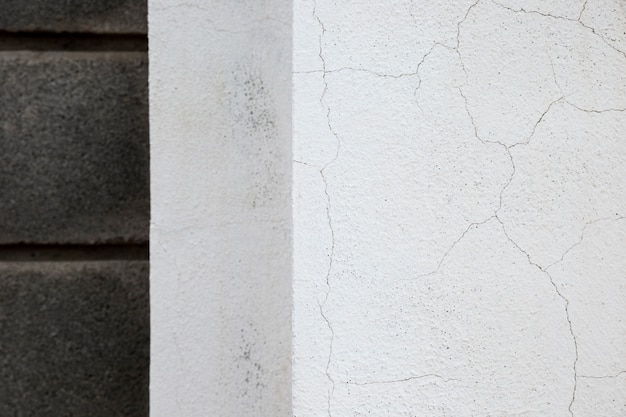
Expert Pier and Beam Repair in Houston
The structural integrity of a home is crucial, and in Houston, where the soil conditions are unique, the demand for reliable foundation repair is high. Pier and beam foundations are prevalent in many older homes due to their adaptability to the shifting clay soils found in the region. However, these types of foundations can deteriorate over time due to moisture, settlement, or inadequate initial construction. Understanding the nuances of pier and beam repair is essential for homeowners looking to maintain the value and safety of their property.
Understanding Pier and Beam Foundations
Components of Pier and Beam Foundations
- Piers: These are typically concrete or masonry columns that transfer the load of the building to a stable soil layer.
- Beams: Wooden or steel beams that span between piers, supporting the weight of the structure above.
- Joists: Horizontal structures that distribute the load from the floor to the beams.
Benefits of Pier and Beam Foundations
- Flexibility: Offers better adaptability to soil movement compared to slab foundations.
- Accessibility: Easier access for repairs and modifications beneath the home.
- Ventilation: Promotes better air circulation beneath the house, reducing moisture buildup.
Common Issues Affecting Pier and Beam Foundations
Moisture-Related Problems
Excessive moisture is a primary concern, leading to wood rot and mold growth. This can compromise the structural integrity of the beams and joists. Regular inspections are crucial to identify and mitigate water-related issues early on. Learn more in this detailed guide.
Soil Settlement
Soil movement beneath the foundation can cause piers to shift, leading to an uneven foundation. This can manifest in symptoms such as cracked walls, doors that do not close properly, and sloping floors. Read more about this topic.
Structural Deterioration
Over time, materials used in pier and beam construction can degrade. Wood beams may suffer from pest infestations such as termites, while metal components may corrode. Regular maintenance and timely repairs are essential to prolong the lifespan of the foundation. Find additional information here.
Techniques for Pier and Beam Repair
Replacement of Damaged Components
This involves identifying and replacing deteriorated beams, piers, or joists. Using treated wood or steel can enhance durability and resistance to future damage. Explore further insights here.
Re-shimming
Re-shimming is the process of adjusting the level of the beams to restore an even foundation. This technique addresses minor settlement issues and is a cost-effective method to maintain home stability. Learn more in this detailed guide.
Moisture Control Solutions
- Drainage Systems: Installing French drains or gutters to divert water away from the foundation.
- Vapor Barriers: Applying barriers beneath the crawl space to minimize moisture infiltration.
Implementing these solutions can prevent future moisture-related problems and prolong the lifespan of the foundation. Find additional information here.
The Importance of Professional Assessment
Given the complexities involved in pier and beam repair, professional assessment is indispensable. Experts can accurately diagnose issues, recommend the most suitable repair techniques, and ensure compliance with local building codes. Investing in professional services not only enhances safety but also preserves the property’s value in the long term. Explore further insights here.